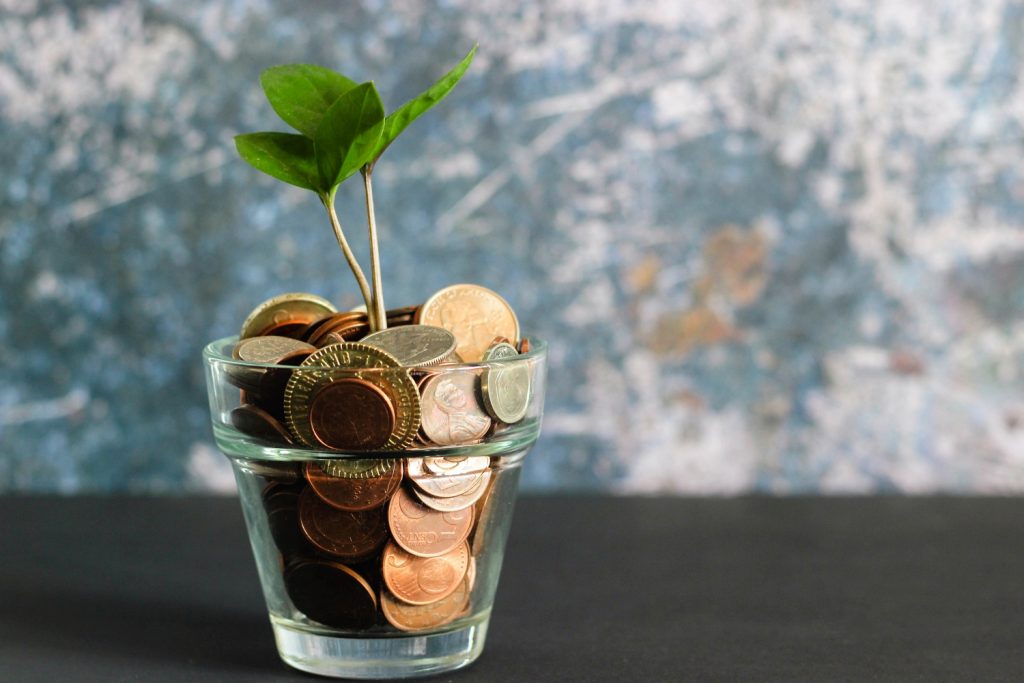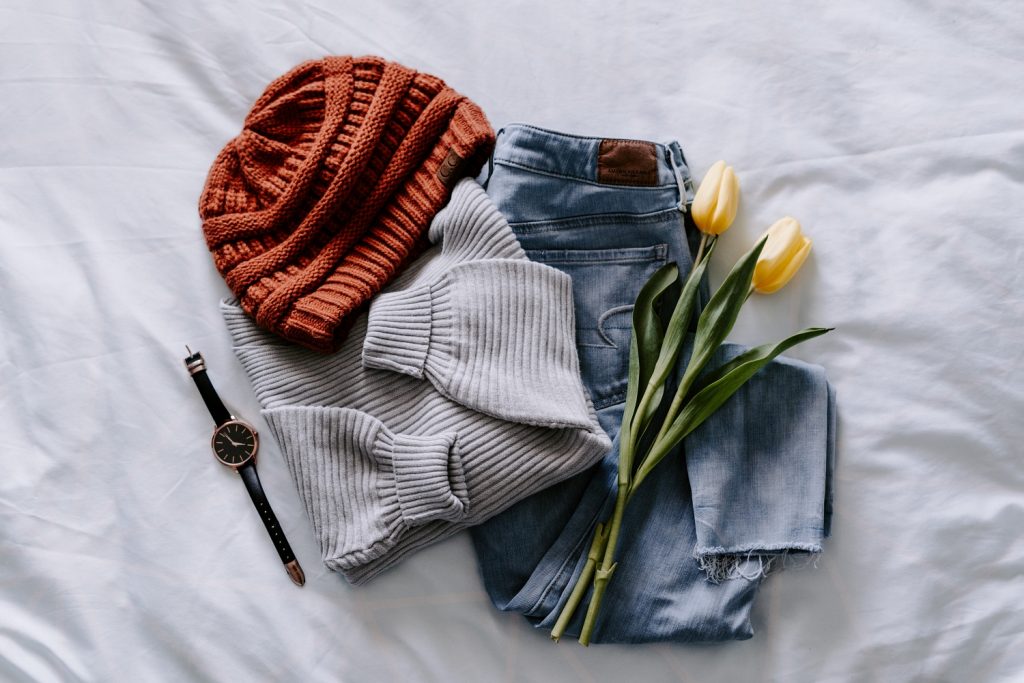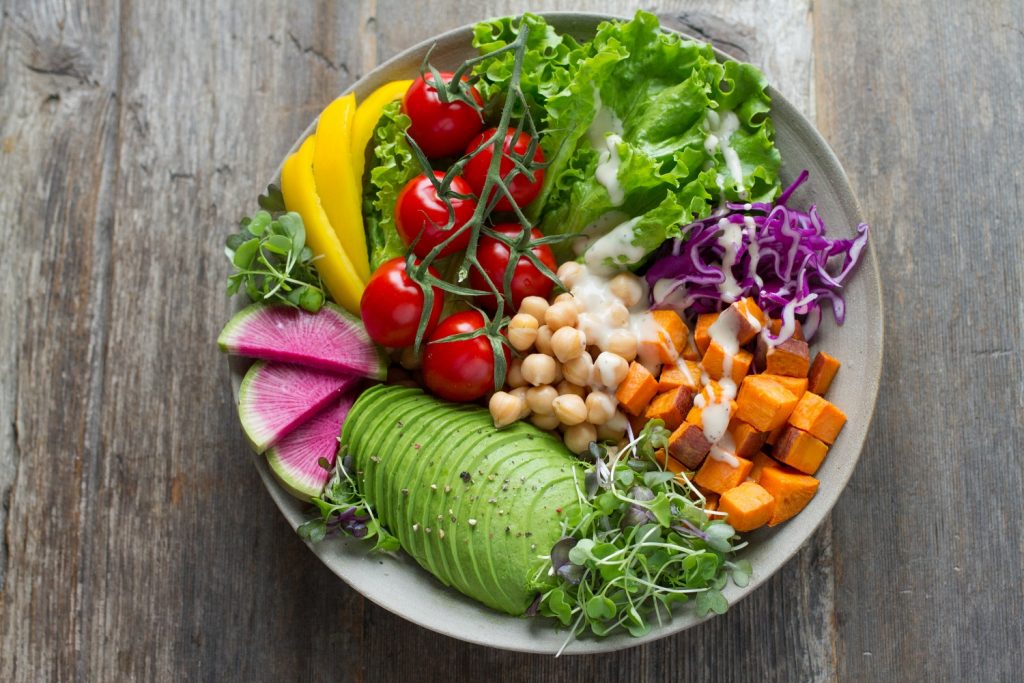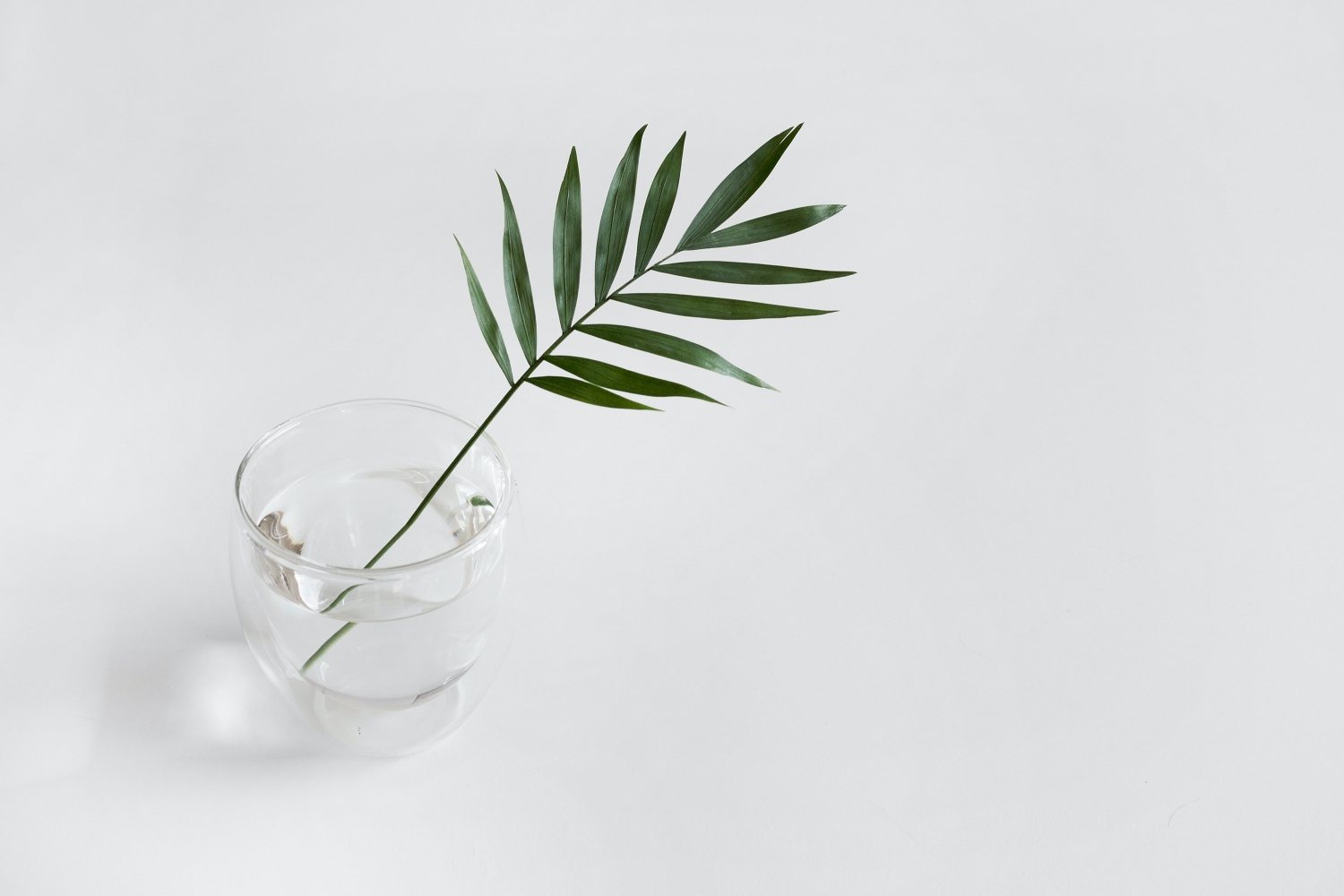Full on minimalism may seem unattainable. Or, frankly, not even that appealing – at least when we think of going “all in”. But, there’s an opportunity to reframe minimalism by thinking in terms of adopting what does seem appealing, achievable, or fiscally and socially responsible.
There is a significant space to occupy that is centered between all and nothing. And it can reflect the aspects that resonate the most with YOU. Below are some ideas of how you might dip a toe into minimalism. Perhaps you already do some of these things. It’s simply a thought starter…not a checklist or a mandate. Here are 7 ways to explore minimalism:
1.Recycle
Creating less waste is certainly a component of minimalism – and one that isn’t difficult once it becomes a habit. Keep it simple by putting a container for recyclables in a convenient location, and encourage your family/kiddos to participate.
2. Have a spending freeze
This is actually a fun challenge. You can be as stringent or lax as makes sense to you. You could go for a week or a month. Or, you could designate a category or two to be excluded from the freeze. Groceries would be a common one. But, remember, this is an opportunity to stretch. So, even for the excluded categories, challenge yourself to cut back. You’ll likely be surprised by how resourceful you can be.



3. Find 5 things to get rid of
I do this periodically, and find that it’s a good practice to guard against the accumulation of excess. Anything counts. Just 5 things that were in your home that no longer will be. Trash, clothing, donations, things to sell. Identify the 5 and then act on them (ie make that drive to your favorite local donation center). On a roll? Go for 10 items! Or, 20! You’ll be surprised at how easy it is.
4. Try a capsule wardrobe
Capsule wardrobes are intriguing, but can be intimidating. They just seem so….extreme. Truth is, I didn’t know what else to title this. “Wear fewer items of clothing” just didn’t, um, sound right. Ha! At any rate, the objective here is to find those favorite versatile pieces (pick a number) that meet your needs. Choose pieces that make you feel like a million bucks and can be layered, mixed and matched and that you’ll get a lot of mileage out of.



Wear them for a month or a season. Some people include accessories, shoes, etc. in their item count and others don’t. It’s not about rules or deprivation, but it is about finding that sweet spot, and challenging yourself to wear what you have and be satisfied with it.
5. Identify your priorities
My favorite minimalism guru Joshua Becker defines minimalism, in part, as the “promotion of things we most value”. How do we promote what we most value if we haven’t first identified those things that we most value? We often think of minimalism in terms such as decrease/strip down/lessen/minimize, but can’t forget to address the flip slide. By doing this reducing, in turn, what are we building up? Priorities, values, time, etc. We don’t truly realize the benefits of minimizing until we acknowledge this piece.
Going through the process of identifying priorities helps you find your why for taking these baby steps toward minimalism. If one of your priorities is travel, for example, then spending less in other areas will feel purposeful, You’re working toward a goal of re-allocating your spend in a direction that has meaning to you.
6. Eat more simply



We all appreciate choices, but consider the benefits of having fewer types of food on hand. Fewer choices likely correlates to a lower grocery bill, less overwhelm of what to cook, what to store, and what to consume. You’ll also likely find yourself eating more real/whole foods – as these are the ones that can stretch, are filling, and have the versatility to make different meals.
7. Start a toy rotation



Box up half your toys. Or, whatever fits in 2 or 3 containers. Just give it a try. Put them aside for a month and see what your kids ask for or miss. My guess is that they’ll really notice what remains. They may engage in deeper play for longer periods of time because they’re able to focus on what’s there instead of being overwhelmed by choices. Then, when the month is up, you can either choose what to get rid of, or bring things back into rotation and remove some others for a month. Just with all of these suggestions, there’s a scalability to this that can be adjusted to whatever level you’re ready for – dipping a toe, or maybe even a whole foot!

